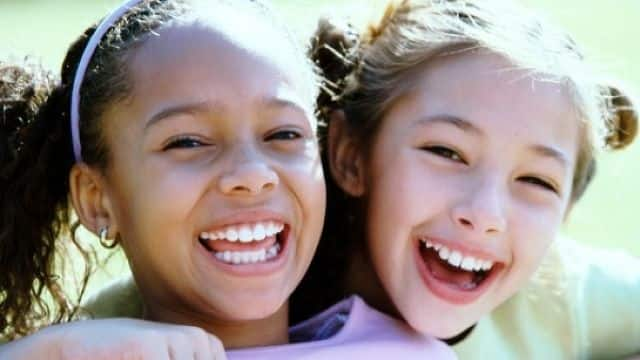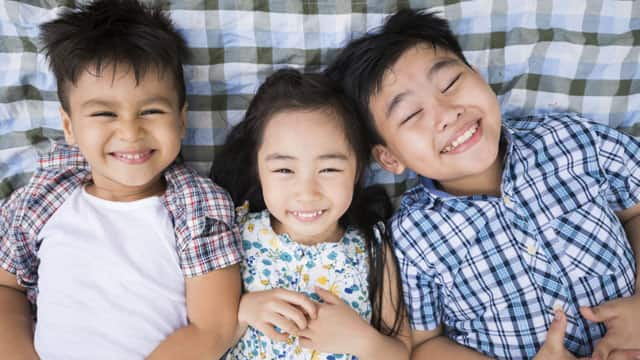-
-

ADULT ORTHODONTICS
Should You Use Mouthwash Before or After Brushing?Brushing and flossing are the foundation of a good oral hygiene routine, but mouthwash can also be a useful addition...

SELECTING DENTAL PRODUCTS
Soft Vs. Hard Toothbrush: Which One Should You Use?The toothbrush has come a long way. As the American Dental Association (ADA) notes...
-
Science & Innovation
- Oral Health and Dental Care | Colgate®
- Oral Health
- Solving The Calculus Removal Mystery


A friendly smile is like a warm, sunny day in that you never hear anyone complain about seeing one. But there are a plethora of reasons why people hide their smiles: crooked or missing teeth, gum disease, or plaque and calculus buildup. While each condition requires its own specific treatment, calculus removal is especially important for good oral health.
Calculus Crash Course
Calculus, more commonly known as tartar, is the result of plaque buildup that hardens (calcifies) on the teeth. Once you brush your teeth, plaque begins to form on your clean teeth within 24 hours, according to the Mayo Clinic. Within two to three days, the plaque begins the calcification process, morphing into calculus.
Tartar is a hardened surface and provides more surface area for plaque to adhere. More plaque can mean more cavities and even periodontal disease, so removing calculus is an important step to long-term oral health.
Another downfall of tartar is its ability to absorb stains easily given its porous qualities. Coffee or tea drinkers and smokers are more susceptible to stained teeth so preventing tartar buildup on teeth is an even bigger priority for those folks.
Calculus Types
There are two types of calculus, notes the University of Kentucky. Supragingival forms above the gumline. It's yellow or tan and is visible on a tooth's surface. Subgingival forms below the gumline in the sulcus (crevice) between the teeth and the gumline. It typically isn't visible with the naked eye unless gum recession has already taken place. Subgingival is typically brown or black in color.
Calculus Removal Process
Once calculus collects on your teeth in large quantities, it needs to be removed via a process known as debridement. A dental hygienist will use either hand-held instruments or an ultrasonic device to remove the tartar. The ultrasonic device incorporates a combination of high-frequency vibrations with water to extricate the tartar. After the debridement procedure, your dentist will schedule you for a follow-up visit at which time he or she will determine if further treatment is necessary. That could come in the form of scaling and root planning or in more severe cases of calculus accumulation - gum surgery may be needed.
Why It's Crucial to Remove
Calculus removal is crucial to prevent several serious health issues. According to the American Dental Association (ADA), calculus buildup can cause gums to swell and bleed. This condition is known as gingivitis; the initial stage of periodontal disease. Periodontal disease has also been linked to an increased risk of coronary artery disease and strokes. Bacteria from plaque and tartar can also find its way into the bloodstream, which can result in such conditions like endocarditis, when blood clots and the inner lining of the heart becoming infected.
There are so many ailments that can befall the mouth. But the common denominator in preventing unnecessary trips to your dentist is building a solid foundation of oral care. Start with brushing at least twice a day combined with daily flossing. And don't forget regular dental visits. If you think you might have a tartar problem, who better to consult with than your dentist and dental hygienist?
Related Products

Helping dental professionals
More professionals across the world trust Colgate. Find resources, products, and information to give your patients a healthier future











